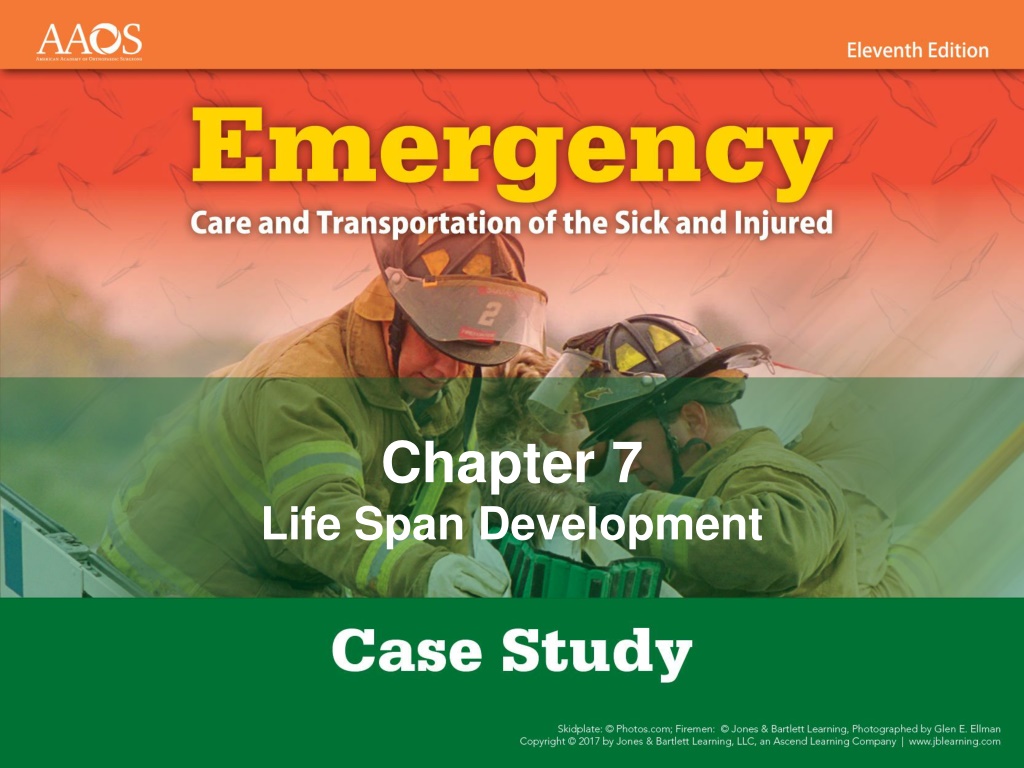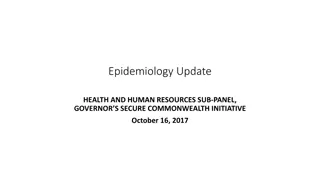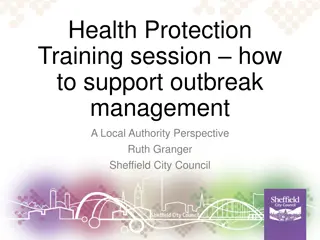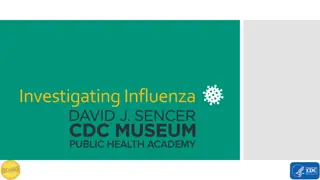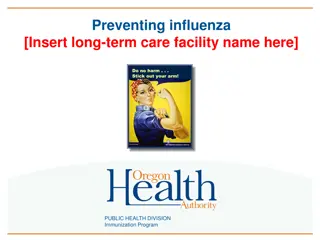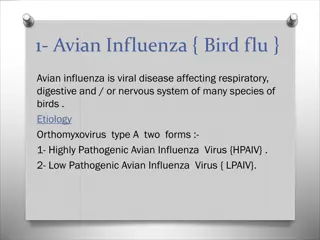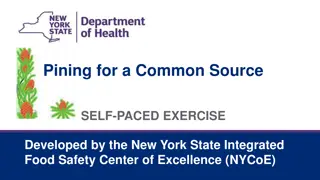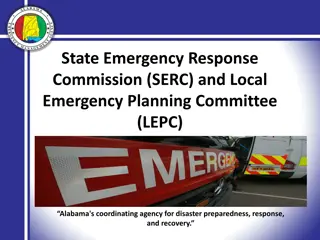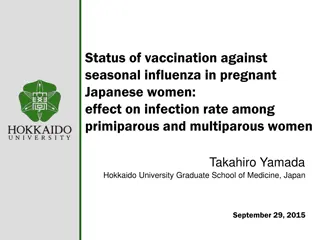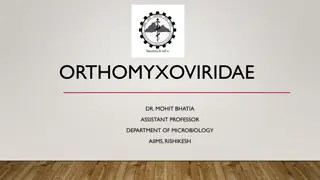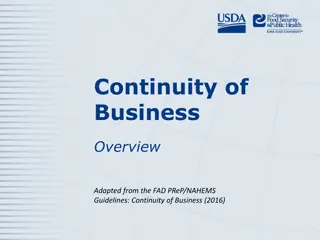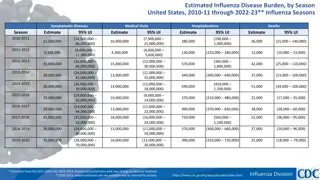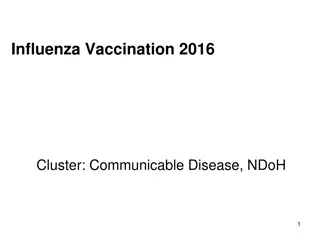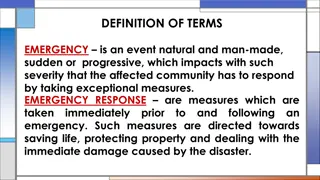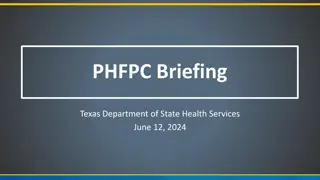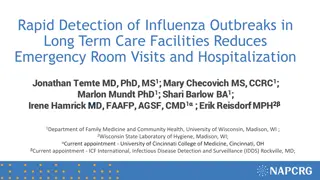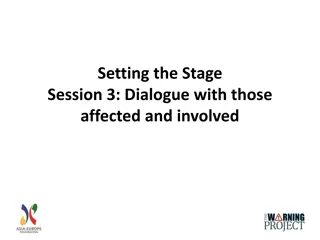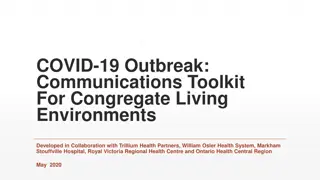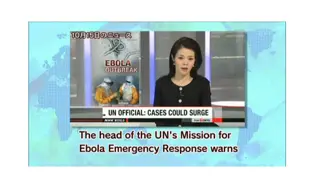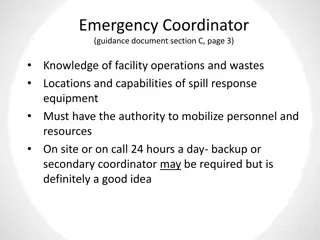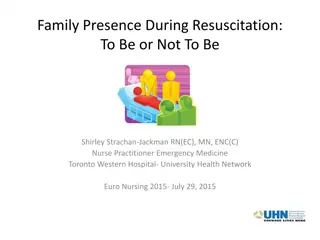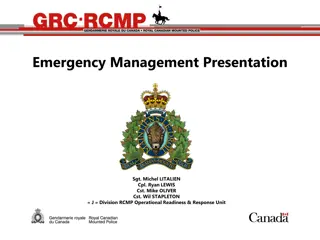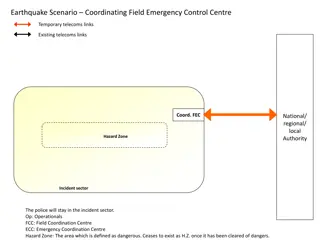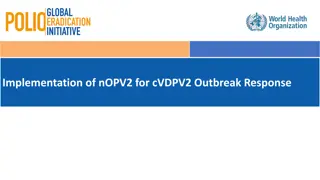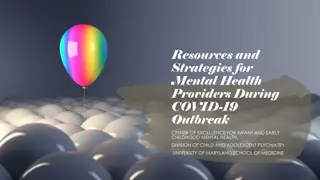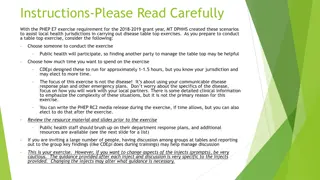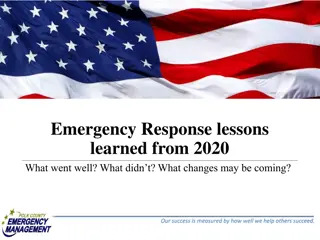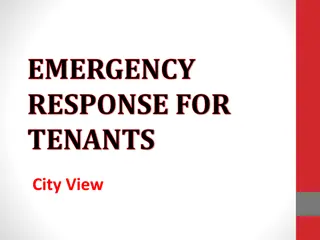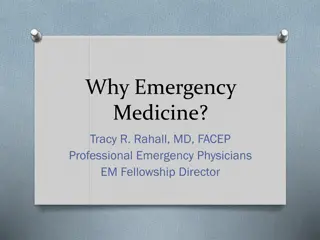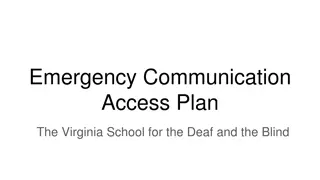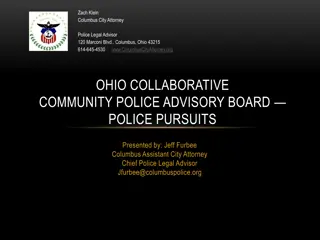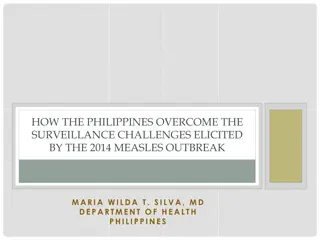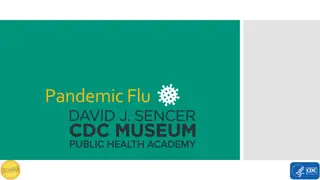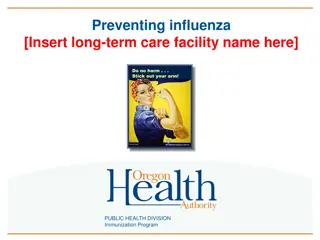Emergency Response in a Multigenerational Family during an Influenza Outbreak
When a paramedic team is called to assess a family during an influenza epidemic, they encounter individuals of different ages with respiratory symptoms. The team evaluates vital signs, identifies alarming signs of dehydration and altered mental status in the baby, assesses respiratory conditions in the children, and provides care in a challenging situation.
Download Presentation

Please find below an Image/Link to download the presentation.
The content on the website is provided AS IS for your information and personal use only. It may not be sold, licensed, or shared on other websites without obtaining consent from the author. Download presentation by click this link. If you encounter any issues during the download, it is possible that the publisher has removed the file from their server.
E N D
Presentation Transcript
Chapter 7 Life Span Development
Part 1 You and your paramedic partner are called to a rural home at 100 Brickhouse Road for a family complaining of respiratory symptoms during an influenza epidemic. The family consists of a 9- month-old boy, a 3-year-old girl, a 14-year-old girl, a 34-year-old mother and her 36-year-old husband, and a 71-year-old grandmother.
Part 1 The father meets you at the door and says he is very concerned about his mother, who has become more lethargic than normal, and the baby, who is breathing fast and has not been taking much formula. He also wants you to check the other children while you are there, as they have all been running fevers and are coughing a lot. You and your partner decide to don masks in addition to your gloves, but you quickly draw a silly face on the mask to avoid scaring the younger children.
Part 2 You decide to start with the baby while your ALS partner assesses the grandmother. The baby is being held by his mother, who hands him to you and goes to check on the other children. The baby does not respond to you when you take him and say his name. You notice that he is belly breathing at a rate of 60 breaths/min. You assess his brachial pulse, which is 152 beats/min, but do not take his blood pressure. His SpO2 is 96% and his temperature is 100.6 F, according to his mother. His nose is congested and he is coughing.
Part 2 1. Are the baby s vital signs within the normal limits for his age? 2. Is belly breathing normal in an infant? Is his mental status normal for a 9-month-old?
Part 3 You decide that the baby should be transported because of the altered mental status and possible dehydration, and then quickly evaluate the other children. The 3- year-old is crying and tries to run and hide when you approach her. Her mother holds the child, and you talk to her quietly, asking her the name of her teddy bear. You let her hold your stethoscope while you count her respirations, which are 28 breaths/min and regular. She lets you listen to her with the stethoscope. You hear coarse sounds in the upper airway, and her heart rate is 120 beats/min.
Part 3 3. Is there anything unusual about this little girl s vital signs and behavior?
Part 4 You then turn to the 14-year-old girl. She is a bit self-conscious, especially when you want to assess her lung sounds, so you ask her mother to stay in the room while you examine the girl. Her lung sounds are clear, although she has a cough and nasal congestion. She has a radial pulse rate of 82 beats/min, a respiratory rate of 22 breaths/min, and a blood pressure of 94/60 mm Hg. She has a temperature of 101 F, and says she had a lot of muscle aches and feels awful.
Part 4 You notice that she is beginning to develop breasts and she tells you that she is menstruating. Her mother notes that she has had a growth spurt this year and is now taller than many of the boys in her class. She also has acne for which she takes minocycline.
Part 4 4. Is the 14-year-old showing any abnormal findings? 5. Do either the toddler or the adolescent need to be transported to the hospital?
Part 5 You inform your partner that you think the baby should be transported to the hospital. Your partner tells you about his assessment of the grandmother. She seems very confused and responds very slowly to simple questions. Her respiratory rate is 32 breaths/min, her heart rate is 110 beats/min, her blood pressure is 152/90 mm Hg, and her SpO2is 88%. She has a weak cough.
Part 5 6. What are the significant findings in the assessment of the grandmother?
Part 5 The paramedic has started an intravenous line and has obtained a blood glucose reading of 130 mg/dL. He tells you the patient has a history of hypertension, mild COPD, and diabetes. She takes Glucotrol for her diabetes and metoprolol for blood pressure control, and has an inhaler for her COPD. As the patient has crackles in her right lung, the paramedic suspects pneumonia and wants to transport her to the hospital for antibiotics and other pulmonary treatments.
Part 5 7. What are some of the reasons a older adult is more likely to develop pneumonia as compared to younger members of the family?
Part 6 You move the grandmother onto the ambulance cot, and attach a nonrebreathing mask secured to the onboard oxygen. You secure the baby in his car seat on the captain s chair. His mother rides along in the ambulance and helps you to complete the PCRs and refusal of transport forms for the other two children, who are left at home with a neighbor. The father follows in his vehicle for the 45-minute drive to the nearest hospital.
Part 6 At the hospital, the grandmother is admitted for treatment of pneumonia, and the baby is given intravenous fluid treatment for dehydration and released to his parents.
Summary It is important to understand the changes in anatomy, physiology, and psychologic/behavioral development that occur as a human being progresses through the normal life span. This knowledge provides clues that help evaluate the seriousness of an illness or injury, based on whether a patient is responding appropriately for his or her age group, and whether his or her vital signs are within the normal range.
Summary Additionally, understanding the anatomical and physiologic changes of the human body as it ages may explain why some diseases are more prevalent in one age group as compared to another. It also helps us to understand why the same illness has different effects on patients in different age groups.
